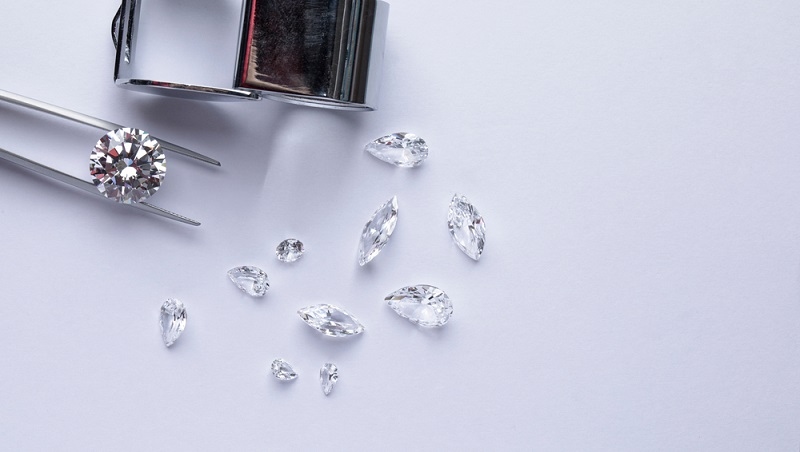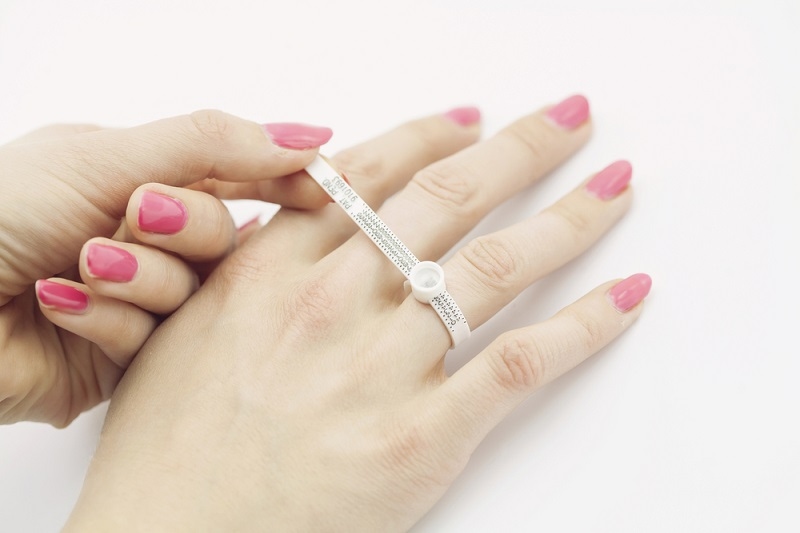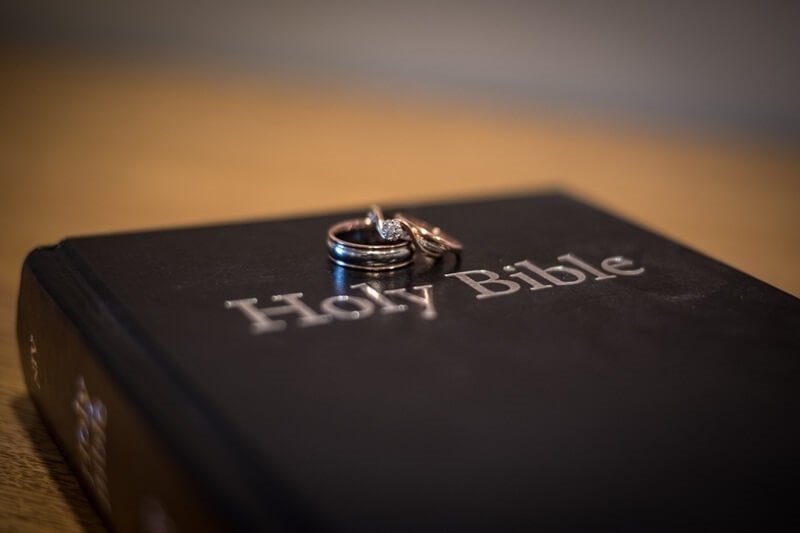Expert Tips for Choosing the Perfect Engagement Ring

Embarking on the journey of ring shopping is both exhilarating and momentous. It's not just about choosing a sparkling gem; it's about making a lifelong commitment. Given the substantial investment, both emotionally and financially, it's paramount to make an informed and thoughtful decision, ensuring the chosen ring resonates with its intended sentiment.
Product Review
Choosing the Right Diamond Shape

Selecting the ideal diamond shape is more than just a matter of aesthetic preference; it's a crucial step in ensuring the ring truly reflects the wearer's personality and style. By narrowing down the desired shape, buyers can focus their search, making the process more streamlined and less overwhelming.
Understanding Price Variations
Different diamond shapes come with varying price tags. For instance, while round cuts are often the priciest, opting for shapes like pear or marquise can offer more value for money. Being aware of these price differences can help buyers strike a balance between their budget and desired ring aesthetics.
Rose Gold: The Contemporary Choice
Recently, rose gold engagement rings have emerged as a sought-after choice, offering a fresh, modern twist to traditional gold and silver options. The warm hue of rose gold complements a range of skin tones, making it a versatile and trendy choice for bands.
The Brilliance of the Cut

The cut of a diamond is pivotal in determining its brilliance. A well-cut diamond, regardless of its shape, will exude a mesmerizing sparkle, capturing light beautifully. It's this cut that breathes life into the stone, making it dance with fire and radiance.
Metal
Traditional Metals in Engagement Rings
Engagement rings have long been crafted using classic metals such as yellow gold, white gold, silver, and platinum. Each of these metals carries its own unique luster and tradition, offering a timeless appeal that has been cherished through generations.
Platinum vs. Silver: A Comparison
While platinum and silver may appear similar in sheen, especially when viewing engagement rings online, they differ significantly in terms of price and density. Platinum, being denser and rarer, typically commands a higher price point. Its durability also sets it apart, making it a premium choice for those seeking longevity in their rings.
Choosing Metal: Beyond Aesthetics
When selecting a metal for an engagement ring, it's essential to consider more than just appearance. Factors like lifestyle, potential wear and tear, and budget play a crucial role. For instance, someone with an active lifestyle might opt for a more durable metal, while budget constraints might influence others to seek cost-effective yet elegant alternatives.
Shape: The Heart of a Diamond
The shape of a diamond is a profound expression of individual style and preference. Knowing the desired shape is essential as it sets the tone for the ring's overall design. While the classic round cut remains a timeless favorite, its popularity often comes with a higher price tag. Exploring alternative shapes, such as the pear or marquise, not only offers a unique aesthetic but can also provide better value for money. By understanding these nuances in shape and cost, buyers can make informed decisions that align with both their taste and budget.
Understanding Carat Size
Carat size plays a pivotal role in the engagement ring selection process. It's not just about the weight of the diamond but also about striking the right balance between quality and quantity. While many prioritize the sheer size of the diamond, it's essential to remember that a larger carat doesn't always equate to a better quality stone.
Navigating Price Variations
The price of a diamond can vary significantly based on its carat size. Traditional favorites, like the round cut, often come with a premium price tag. However, by exploring less common carat sizes, buyers can achieve significant savings. For instance, opting for a diamond just shy of the most desired weights, such as 1 or 1.5 carats, can offer better value for money without compromising on the visual appeal.
Maximizing Cost-Effectiveness
When shopping for a diamond, it's beneficial to remain flexible and open-minded. By considering alternative shapes to the classic round cut, buyers can get more carats at a better price, ensuring they receive the best value without sacrificing the ring's overall beauty.
Precision in Measurement

Choosing the right ring size is paramount in the engagement ring selection process. An incorrect size can lead to discomfort, with a ring that's too tight restricting circulation or one that's too loose risking loss. To ensure a snug yet comfortable fit, it's advisable to get both partners' ring fingers properly measured at a jewelry store.
Additionally, if shopping in secret, one can use an existing ring as a reference or subtly bring up the topic to gauge the correct size. Ultimately, the right fit enhances the overall joy of wearing such a significant piece of jewelry.
The Value of Certification
When investing in a diamond, ensuring its authenticity and quality is of utmost importance. Buying a certified diamond provides assurance to the buyer about the stone's genuineness and its graded attributes. This certification acts as a blueprint of the diamond, detailing its cut, clarity, color, and carat weight.
Trusted Accredited Laboratories
It's crucial to ensure that the diamond's certification comes from a reputable and accredited laboratory. Renowned institutions like the American Gem Society and the Gemological Institute of America are recognized for their stringent grading standards, providing buyers with reliable and consistent evaluations.
Beware of Inflated Grades
However, not all certifications are created equal. Some labs may offer inflated grades, giving the illusion of a high-quality diamond at a seemingly attractive price. Such misleading certifications can result in buyers purchasing a lower-quality diamond than intended. It's essential to be discerning and informed to avoid falling for such pitfalls.
You may also like: Find the Perfect Engagement Ring for Your Special Day
FAQs
1. How can I determine the correct ring size while keeping it a surprise?
If you're unsure of your partner's ring size, consider asking their close friends or family members, as they might have insights. Another strategy is to use a ring your partner already wears (preferably on the correct finger) as a reference. Showing a jeweler photos of their hands can also provide some guidance. If all else fails, it's safer to opt for a slightly larger size, as resizing a ring that's too big is often easier than adjusting a smaller one.
2. How much should I ideally spend on an engagement ring?
There's no fixed rule on how much one should spend on an engagement ring, as it largely depends on personal budget and style preferences. It's essential to understand what factors contribute to a ring's price to make the most of your budget. Remember, it's more about the sentiment and commitment the ring represents than its price tag.
3. How can I ensure the quality of the diamond I'm purchasing?
Always opt for a certified diamond from a reputable and accredited laboratory, such as the American Gem Society or the Gemological Institute of America. These certifications provide a detailed analysis of the diamond's attributes. Additionally, be wary of diamonds certified by lesser-known labs, as they might have inflated grades.
4. How can I maximize the sparkle and brilliance of the diamond?
The cut of the diamond plays a significant role in its sparkle. Ensure that the diamond has a high-quality cut, as this will enhance its brilliance. Even if a diamond has top-grade color and clarity, a poor cut can diminish its overall appearance. Consulting with a trusted jeweler can provide insights into the best cuts within your budget.
This content was created by AI




